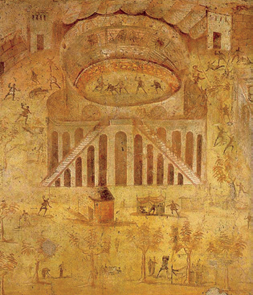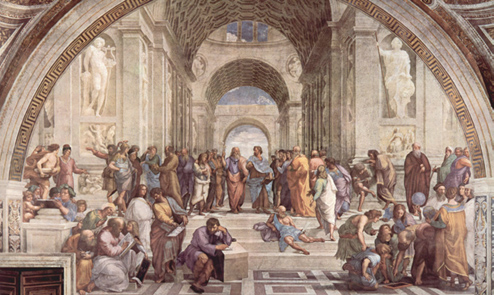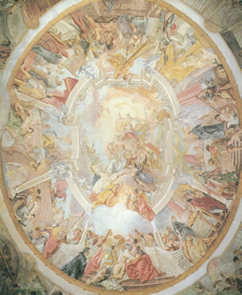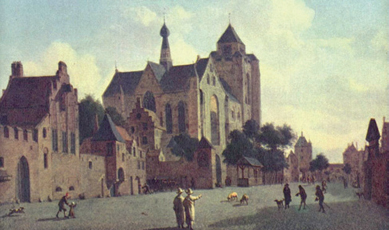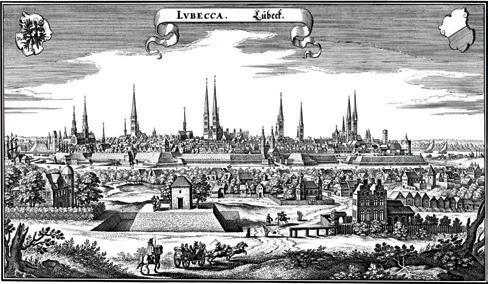Architectural Photography
Architectural Photography
Composition, Capture, and Digital Image Processing
Revised Second Edition
With Comments by Marcus Bredt
Adrian Schulz
rockynook
Adrian Schulz
www.adrianschulz.de
Editor: Gerhard Rossbach
Copyeditor: Cynthia Anderson
Proofreader: Sarah Castellanos
Layout and Type: Adrian Schulz
Cover Design: Helmut Kraus, www.exclam.de
Printer: Everbest Printing Co. Ltd.
Printed in China
2nd Edition
2012 by Adrian Schulz
Rocky Nook Inc.
802 E. Cota Street, 3rd Floor
Santa Barbara, CA 93103
Library of Congress Cataloging-in-Publication Data
Schulz, Adrian, 1980
[Architekturfotografie. English]
Architectural photography : composition, capture, and digital image processing / Adrian Schulz. -- 2nd ed.
p. cm.
ISBN 978-1-933952-88-8 (pbk.)
1. Architectural photography. 2. Photography--Digital techniques. I. Title.
TR659.S58513 2012
778.94--dc23
2011037923
Distributed by OReilly Media
1005 Gravenstein Highway North
Sebastopol, CA 95472
Many of the designations in this book used by manufacturers and sellers to distinguish their products are claimed as trademarks of their respective companies. Where those designations appear in this book, and Rocky Nook was aware of a trademark claim, the designations have been printed in caps or initial caps. They are used in editorial fashion only and for the benefit of such companies. They are not intended to convey endorsement or other affiliation with this book.
No part of the material protected by this copyright notice may be reproduced or utilized in any form, electronic or mechanical, including photocopying, recording, or by any information storage and retrieval system, without written permission of the copyright owner. While reasonable care has been exercised in the preparation of this book, the publisher and author assume no responsibility for errors or omissions, or for damages resulting from the use of the information contained herein.
This book is printed on acid-free paper.
1 Foreword
The digital photographic medium is currently on an unprecedented roll, and ever-increasing numbers of people are beginning to experiment with the challenges and rewards of this most modern medium. Thanks to the digital revolution, architectural photography, with its endless variety of exciting subjects, has won many new fans among beginners and experienced photographers. Architectural photographers today are blessed with endless creative ways to capture and display their subject.
It is said that a picture is worth a thousand words, and this is particularly true in the field of architectural photography. There is no better medium than a balanced, well-taken photograph for capturing and displaying the look and feel of a building. This book uses numerous pictures to illustrate the examples described in the text, and provides answers to many theoretical and practical questions regarding equipment, technique, and the reasons why sometimes buildings look so different in a photo than they do in reality. There are also comprehensive sections on ways to improve your images and the opportunities presented by the magic of digital image processing.
You will quickly find that architectural photography is a unique and fascinating photographic genre.
1.1 What Is Architectural Photography?
The term architectural photography describes both the subject (architecture) and the means of capturing it (photography).
The word architecture comes from the Greek arkhitekton, which consists of roots meaning chief and builder. Architecture is ubiquitous in our lives, and its primary function as shelter encompasses a great many functional uses. Architecture is practically a humans second skin. Le Corbusier once said, Architecture is one of the most urgent needs of man, for the house has always been the indispensable and first tool that he has forged for himself.
Architecture takes on an extremely broad range of forms, from simple, primeval huts, the ornate temples of antiquity, and the purely functional factories of the industrial revolution to todays urban landmarks of concrete and glass. Mankind without architecture would have remained anchored in the stone age, with few options of places to live, sleep, eat, work, trade, produce, withdraw, rest, administer, and educate. In many regions, climatic conditions would make life without architecture impossible.
The word photography comes from the Greek photos and graph, which means drawing with light, and describes a technical means of optically capturing the likeness of objects and making them palpable in places where they cannot normally be seen. Photography thus propagates images of buildings into the wider world, enabling people to view them in a wide variety of circumstances - whether in newspapers, books, posters, the Internet, or in galleries or museums.
1.2 The History of Architectural Photography
1.2.1 Early History
The history of architectural photography stretches back to the beginning of the 19th century, when the very first photographic attempts were made. Prior to these experiments, the extreme significance of architecture to mankind gave rise to the first paintings of buildings in ancient times (). The device guaranteed precise perspective in paintings and drawings and continued to be developed as a result.
Fig. 1: A mural in Pompeii, 1st century AD
Fig. 2: Raphael, The School of Athens , Stanza della Segnatura, Vatican City, 16th century fresco
Fig. 3: Cosmas Damian Asam, ceiling fresco in Ettlingen, late Baroque period
Fig. 4: Jan van der Heyden, The Church at Veere , 17th century, oil on canvas
Fig. 5: Matthus Merian, Lbeck , 17th century, etching
Fig. 6: Bernardo Belotto, View of Dresden , mid- 18th century, oil and tempera on canvas
1.2.2 The Invention of Photography
Although the camera obscura and light-sensitive materials had already been discovered, the invention of the modern photographic process did not take shape until the beginning of the 19th century. In 1827, Nicphore Nipce used an exposure of several hours and an asphalt-coated plate to capture the view from his window. He called the resulting image a heliograph (). This earliest surviving photograph already encapsulates one of the main hallmarks of an architectural photo, namely, a depiction of perspective. This image is, coincidentally, also the first architectural photograph, even if the subject was chosen for practical rather than aesthetic reasons. Alongside still lifes, the static nature of architectural subjects made them popular in the early days of photography when extremely long exposure times made it impossible to capture moving subjects.









